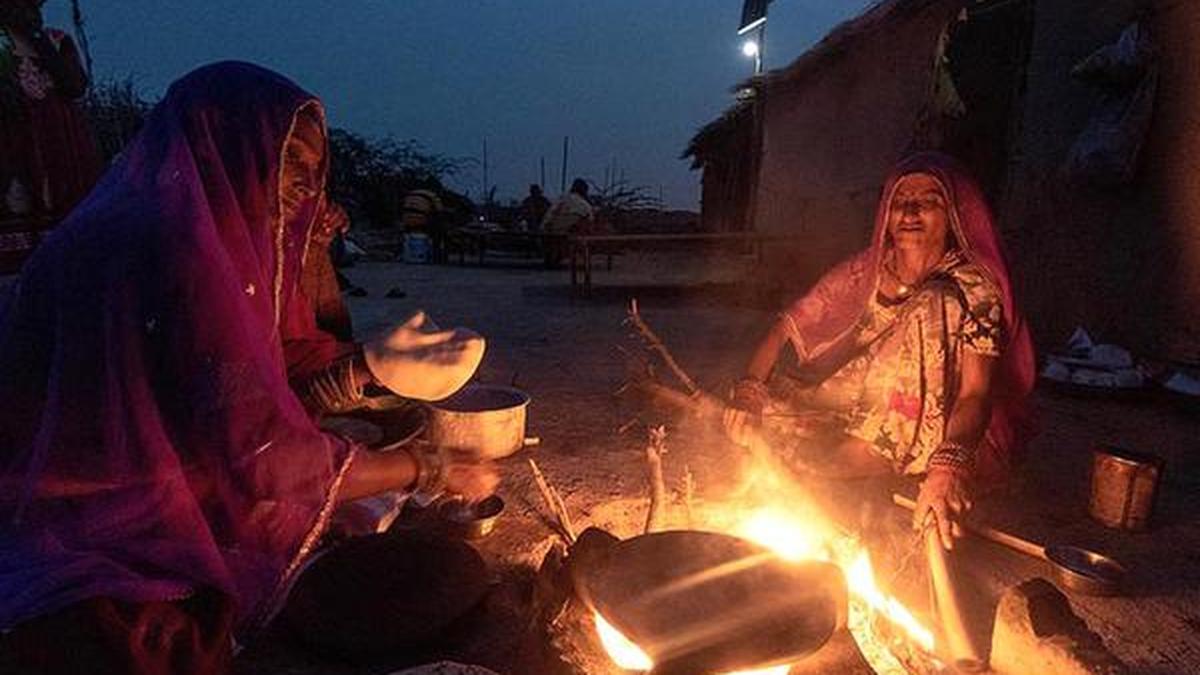According to the United Nations’ latest World Migration Report, India was the highest recipient of remittances from abroad at $111 billion in 2022. Its remittance receipts were way ahead of its closely ranked peers Mexico ($61.1 billion), China ($51 billion), Philippines ($38.05 billion) and France ($30.04 billion).
The report enumerated that with a “very large” number of migrant workers from the subregion, South Asia receives “some of the largest inflows of remittances globally.” It further stated, “India is also the origin of the largest number of international migrants in the world (nearly 18 million), with large diasporas living in countries such the United Arab Emirates (UAE), US and Saudi Arabia,” adding, “Pakistan and Bangladesh, which were the sixth and eighth largest international remittance recipients in 2022 (about $30 billion and $21.5 billion respectively) also have a significant portion of their populations living abroad as migrant workers, especially in Gulf Cooperation Council (GCC) states.”
Importantly, the biennially published report mentions that while remittances remain a “lifeline” for many people in the subregion, migrant workers from the mentioned countries in South Asia continue to face a “myriads of risks, including financial exploitation, excessive financial debt due to migration costs, xenophobia and workplace abuses.”
India’s remittance receipts more than doubled since 2015

According to the report, India is the first to reach and even surpass the $ 100 billion mark. Its receipts from 2010 till 2022 have more then doubled. In 2010, the country received $53.48 billion, $68.91 billion in 2015 and $83.15 billion in 2020, as per the report.
Overall, international remittances have recovered from the dip in 2020 due to the COVID-19 pandemic. Migrants sent an estimated $831 billion in international remittances globally in 2022. This marked an approximately 5% increase since 2021, when it stood at $791 billion, and approximately 16% from $717 billion in 2020. The report further highlighted that remittance receipts to low- and middle-income countries increased 8% between 2021 and 2022— from $599 billion to $647 billion.
“Since the mid-1990s, international remittances have greatly surpassed official development assistance levels defined as government aid designed to promote the economic development and welfare of developing countries; they have also recently overtaken foreign direct investment,” it mentioned.
GCC countries among significant destinations for migrant workers
According to the report, Gulf states remain significant destinations for migrant workers from around the world. The 2022 FIFA World Cup further underscored the importance of migrant labour to the subregion, as well as putting a spotlight on rights violations. Most of the migrants in GCC are from India, Egypt, Bangladesh, Ethiopia and Kenya. They are engaged in sectors such as construction, hospitality, security, domestic work and retail.

Several countries in the GCC are among the largest sources of remittances globally, as per the report. Saudia Arabia, Kuwait and Qatar had remittance outflows of about $39 billion, $18 billion and $12 billion respectively in 2022.
Gendered dimension in migrant workforce
According to the report, India had a slightly higher share of female immigrants than males. Countries with a significantly high proportion of male emigrants include India, Bangladesh and Pakistan.
From an Asian perspective, the distribution of female and male migrants in the top 10 countries of destination and origin is much more variable compared to Africa. “In the top destination countries, Gulf countries — including the United Arab Emirates, Saudi Arabia and Kuwait – have a far greater share of male than female immigrants. Malaysia is the only non-Gulf country where the proportion of male migrants is significantly higher than that of females,” the report observed.









